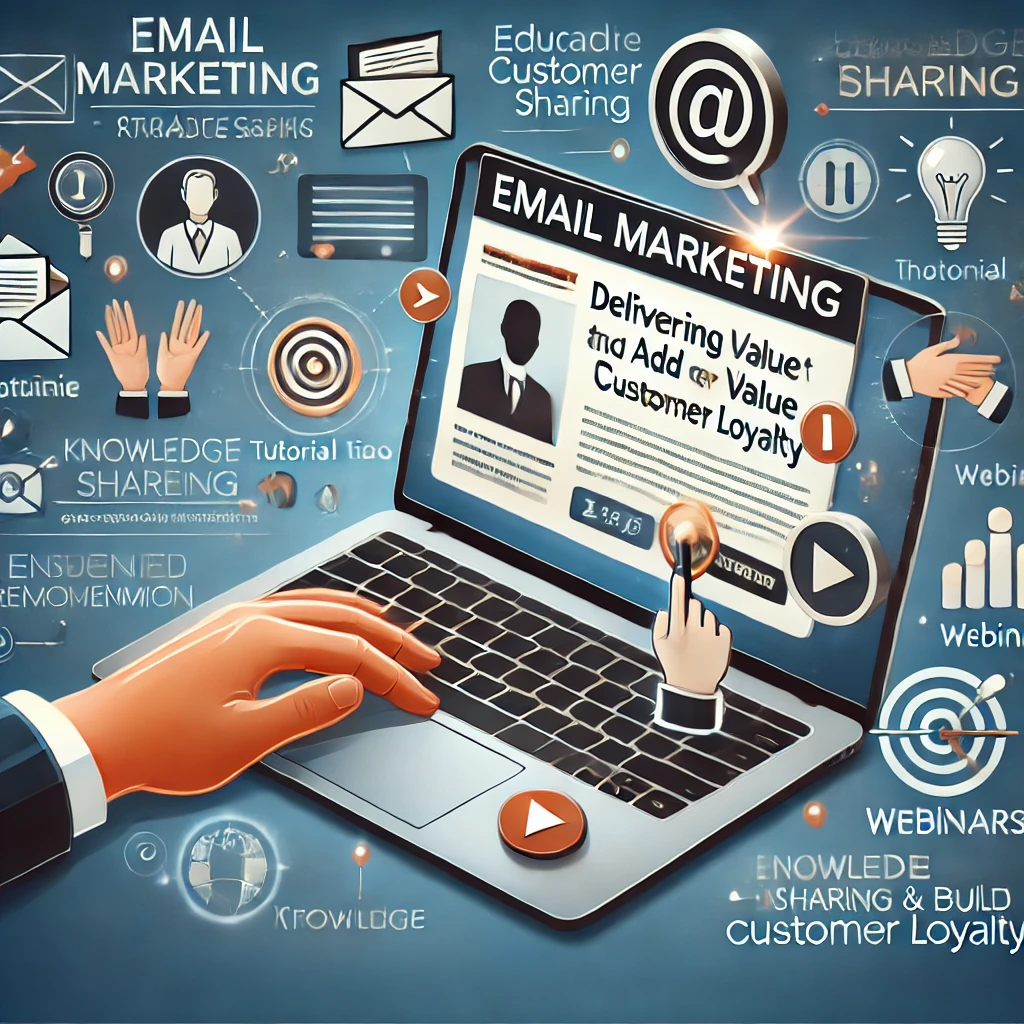Segmentation and Targeting Emails: How to Personalize Campaigns and Boost Conversions
Discover the best strategies to send highly personalized emails based on real data and increase customer engagement.
Bertagnolli Enrico

In the world of email marketing, sending mass generic emails no longer works. Users expect personalized and relevant messages. According to statistics, segmented emails achieve an open rate 39% higher than non-segmented ones.
Segmented and targeted emails serve to:
- Increase open and click-through rates through personalization.
- Avoid sending irrelevant messages that could lead to unsubscribes.
- Improve the customer experience with tailored content.
- Boost conversions with targeted offers.
Let’s see how to implement effective segmentation strategies to maximize the ROI of email campaigns.
1. What is Segmentation in Email Marketing?
Segmentation involves dividing an email list into smaller groups based on specific data, such as behavior, interests, or position in the sales funnel.
The main segmentation criteria include:
- Demographic data: Age, gender, geographic location.
- Purchase behavior: Purchase history, order frequency.
- Email engagement: Users who frequently open and click emails versus inactive users.
- Interests and preferences: Categories of products viewed or saved.
- Stage in the customer journey: New subscribers, regular customers, or former customers.
Segmenting the audience means sending the right message to the right person at the right time.
2. Types of Segmented Emails
Once the list is segmented, it is possible to send more effective and relevant emails.
Here are some types of emails based on segmentation:
- Personalized Welcome Emails: Different based on the source of subscription (e.g., social, website, purchase).
- Targeted Offer Emails: Discounts on specific products based on previous purchases.
- Reactivation Emails for Inactive Users: Messages with incentives to encourage engagement.
- Emails Based on Browsing Behavior: Suggestions for products viewed but not purchased.
- VIP Customer Emails: Exclusive offers for the most loyal customers.
Personalizing the email content based on segments greatly improves conversion rates.
3. Example of an Email Segmented Based on Previous Purchases
Here is an example of an email that uses segmentation to send a personalized offer.
Subject: [Name], here’s a special offer on your favorite products!
Email Body:
Hi [Name],
We noticed that you love [Product Category]! That’s why we have prepared a special offer just for you.
Recommended for you:
- [Product 1] – on sale for the next 48 hours!
- [Product 2] – exclusively for you with a 15% discount
- [Product 3] – this week’s best-seller
Use the code: PERSONAL15 by [Expiration Date] to get your discount.
[CTA Button: "Discover Your Offer"]
4. Strategies to Implement Effective Segmentation
To effectively segment your email list, follow these strategies:
- Collect and use the right data: Analyze user activity on the site, purchases, and email interactions.
- Use automation tools: Platforms like Klaviyo, Mailchimp, and ActiveCampaign allow you to segment and automatically send targeted emails.
- Regularly update segments: Customer behavior changes over time, so it is essential to update your target groups.
- Experiment with A/B testing: Test different segmentation strategies to see which yield the best results.
5. Mistakes to Avoid in Email Segmentation
Avoiding certain mistakes can greatly improve the effectiveness of segmented emails.
- Overly broad segments: If groups are not specific enough, the message remains generic.
- Too many personalized emails: If a user receives too many offers, they may feel overwhelmed.
- Outdated or incorrect data: Make sure to update your data to avoid sending irrelevant emails.
- Not monitoring results: Analyze the metrics for each segment to improve future strategies.
Conclusion
Segmented and targeted emails are essential for increasing engagement and improving conversions. By using customer data and personalizing messages, you can offer a more engaging and effective user experience.
In our next article, we will discuss reactivation emails, perfect for winning back inactive users and reducing churn.

